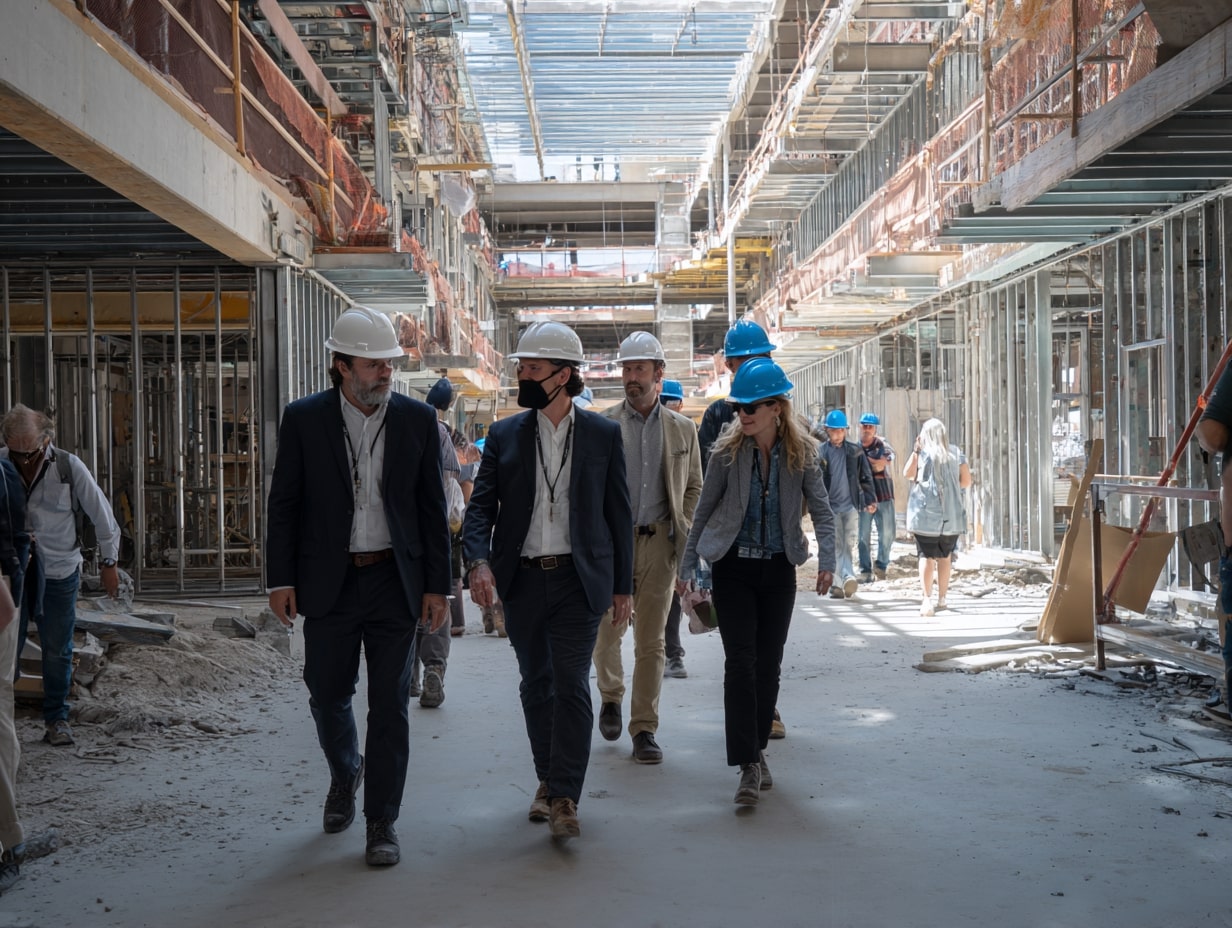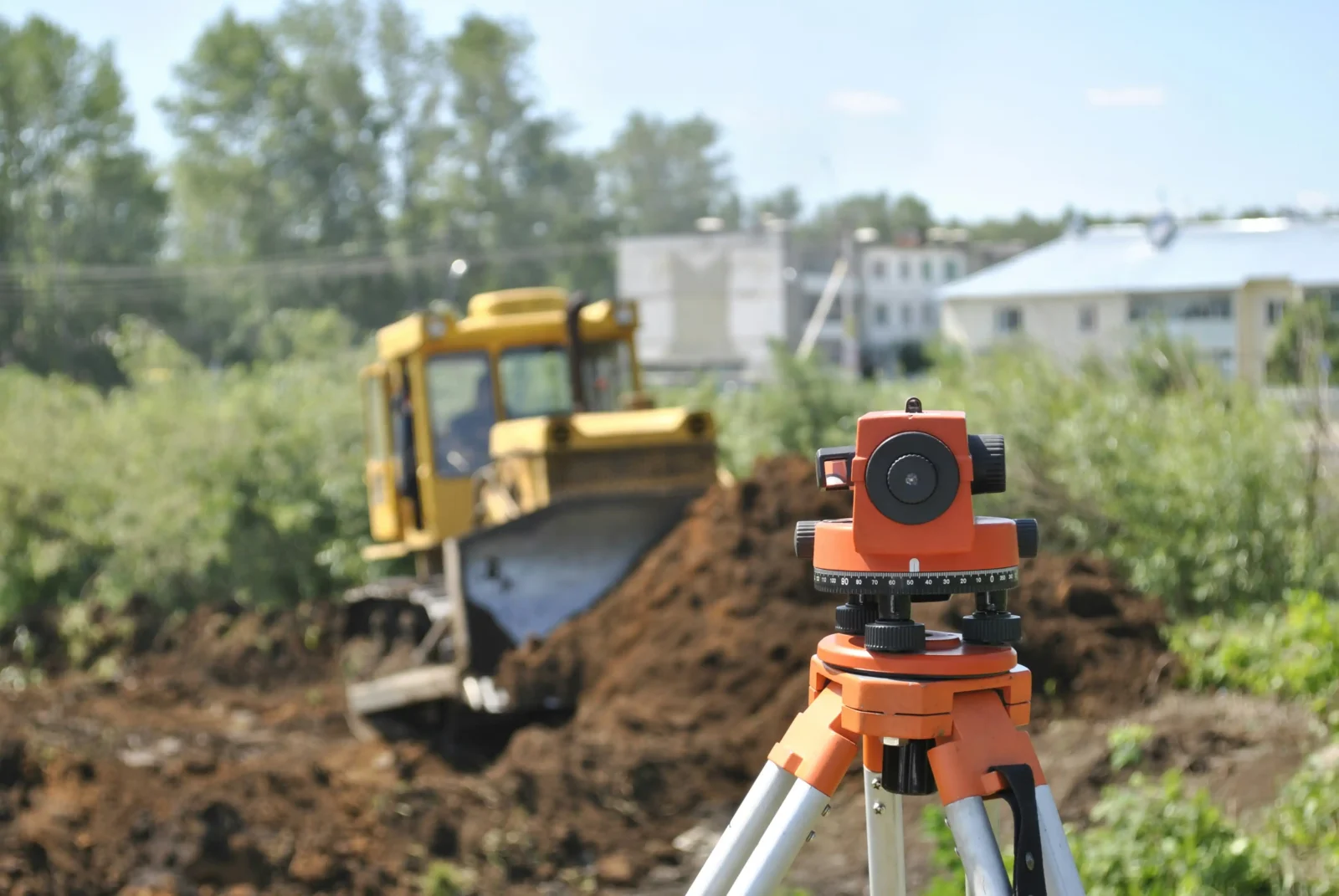- Home
- Articles
- Architectural Portfolio
- Architectral Presentation
- Inspirational Stories
- Architecture News
- Visualization
- BIM Industry
- Facade Design
- Parametric Design
- Career
- Landscape Architecture
- Construction
- Artificial Intelligence
- Sketching
- Design Softwares
- Diagrams
- Writing
- Architectural Tips
- Sustainability
- Courses
- Concept
- Technology
- History & Heritage
- Future of Architecture
- Guides & How-To
- Art & Culture
- Projects
- Interior Design
- Competitions
- Jobs
- Store
- Tools
- More
- Home
- Articles
- Architectural Portfolio
- Architectral Presentation
- Inspirational Stories
- Architecture News
- Visualization
- BIM Industry
- Facade Design
- Parametric Design
- Career
- Landscape Architecture
- Construction
- Artificial Intelligence
- Sketching
- Design Softwares
- Diagrams
- Writing
- Architectural Tips
- Sustainability
- Courses
- Concept
- Technology
- History & Heritage
- Future of Architecture
- Guides & How-To
- Art & Culture
- Projects
- Interior Design
- Competitions
- Jobs
- Store
- Tools
- More
Why Slab Leveling Matters in Construction: Key to Stability and Long-Term Durability
Discover why slab leveling is vital in construction. Learn how it ensures stability, prevents structural issues, enhances safety, and reduces costly repairs. Explore modern leveling methods like self-leveling compounds, laser-guided systems, and polyjacking to achieve durable, long-lasting results for residential, commercial, and industrial projects. Prioritize precision for success!

When it comes to construction, every detail matters, and slab leveling is no exception. It’s the foundation—literally and figuratively—of any successful project. Uneven slabs can lead to structural issues, safety hazards, and costly repairs down the line, making proper leveling a critical step we can’t afford to overlook.
A well-leveled slab ensures stability, durability, and a seamless finish, whether we’re building homes, commercial spaces, or industrial facilities. It impacts everything from the integrity of the structure to the longevity of flooring materials. By prioritizing slab leveling, we’re setting the stage for a project that stands the test of time.
Let’s dive into why slab leveling is so essential and how it shapes the success of our construction projects.

Table of Contents
ToggleWhat Is Slab Leveling?
Slab leveling is the process of adjusting and aligning a concrete slab to ensure a flat, even surface. This technique eliminates unevenness caused by soil movement, poor installation, or concrete settling over time. Ensuring accurate slab leveling prevents structural instability and enhances the durability of the foundation.
Various methods, such as self-leveling compounds, hydraulic lifting, or foam injection, are used depending on the specific requirements of the project. For example, self-leveling compounds are often applied in residential flooring installations, while foam injection is common for repairing industrial slabs.
Precise slab leveling reduces the risk of cracking, uneven flooring, and water pooling. These issues can compromise the performance and safety of structures. By eliminating these problems, we ensure long-term stability and support for the construction project.
Importance Of Slab Leveling In Construction
Slab leveling directly impacts the quality and durability of construction projects. It ensures that structures remain safe, stable, and free from costly defects.

Ensuring Structural Stability
Proper slab leveling maintains the structural integrity of buildings. Uneven slabs create stress points that can lead to cracks, eventual settling, or misalignment of key supports. When we level slabs correctly, load distribution becomes even, allowing the foundation to handle intended weight without shifting or failure.
Preventing Future Damages
Leveling slabs minimizes risks of long-term problems. Water pooling on uneven surfaces accelerates material degradation and fosters mold growth. Structural movements caused by improperly leveled slabs may require significant repairs. Investing in leveling during construction helps extend the lifespan of structures and reduces maintenance costs.
Enhancing Safety Standards
A well-leveled slab directly improves safety for occupants. Uneven floors increase trip accidents and pose hazards for heavy equipment in industrial spaces. Ensuring flat surfaces also facilitates proper installation of finishes like tiles, preventing detachment or warping that could endanger users.
Common Issues Caused By Improper Slab Leveling
Improper slab leveling creates several problems that compromise structural integrity and occupant safety. Neglecting this critical construction step results in defects that escalate repair costs and reduce longevity.

Foundation Cracks
Uneven slabs increase stress on the foundation, resulting in cracks over time. Soil movement beneath an improperly leveled slab causes differential settlement, creating weak points. These cracks jeopardize the stability of the entire structure, leading to potential failure if left unaddressed.
Water Drainage Problems
Poor leveling disrupts the natural flow of water, causing pooling around the structure. Standing water accelerates concrete deterioration and promotes erosion in surrounding soil. Over time, this compromises the foundation and creates conditions for mold growth, further damaging the structure.
Uneven Flooring
Slabs that aren’t level lead to uneven floor surfaces, making installations like tiles, hardwood, or carpeting challenging. Shifting slabs result in gaps, buckling, or misalignments that degrade property value and create trip hazards for occupants.
Modern Techniques For Effective Slab Leveling
Advancements in slab leveling techniques have made it possible to achieve precise and durable results in construction. These methods enhance efficiency, improve project outcomes, and address common leveling challenges.

Self-Leveling Concrete
Self-leveling concrete offers a quick and effective solution for creating smooth, even surfaces. This method involves pouring a cement-based compound that spreads out and fills low areas without manual intervention, ensuring a uniform finish. Self-leveling products integrate advanced formulations, providing high compressive strength and fast curing times. They are ideal for projects needing a flat base for flooring like tile or hardwood.
Laser-Guided Leveling Systems
Laser-guided leveling systems bring precision to large-scale slab leveling projects. These systems use laser equipment to maintain consistent elevation by guiding machinery during concrete application. It creates highly accurate surfaces, minimizing the risk of unevenness caused by human error. Contractors often use this technology in industrial or commercial projects to ensure a flawless finish over vast areas.
Mudjacking And Polyjacking Methods
Mudjacking and polyjacking restore uneven slabs by injecting material beneath them to fill gaps and lift the surface. Mudjacking uses a sand-based slurry, while polyjacking relies on expanding polyurethane foam. Polyjacking offers advantages like lighter weight, faster curing, and moisture resistance, making it suitable for areas prone to water exposure. These methods are effective for leveling garage floors, driveways, and sidewalks.
Benefits Of Prioritizing Accurate Slab Leveling
Accurate slab leveling ensures the foundation of any construction project is stable and refined. It prevents structural issues, reduces maintenance expenses, and optimizes functionality over time.

Longevity Of Structures
Proper slab leveling directly enhances the durability of buildings. When slabs are evenly leveled, stress points are minimized, reducing the likelihood of cracks, settlements, or foundation movement. In residential or commercial constructions, this stability ensures that walls, floors, and other structural components maintain their integrity even under dynamic loads and external environmental pressures.
Cost-Efficiency In Maintenance
Ensuring precise slab leveling reduces long-term maintenance costs. Misaligned slabs often lead to complications such as cracked tiles, distorted flooring, or water pooling, all of which demand frequent and costly repairs. By addressing leveling issues during the construction phase, we eliminate potential expenses tied to these preventable defects. This proactive step extends the functional lifespan of both the slab and related structural elements.
Better Load Distribution
Accurate leveling ensures uniform load distribution across the slab surface. Imbalanced slabs create uneven pressure points that can weaken specific sections, leading to fatigue and cracks. With better load balancing, structures withstand applied weights effectively, maintaining safety and performance standards for both small-scale and large-scale projects.
Conclusion
Slab leveling remains fundamental to ensuring stability and durability in construction projects. By maintaining uniform surfaces, we improve load distribution, minimize the risk of structural damage, and enhance overall safety. Addressing leveling during construction prevents long-term issues like foundation cracking, water drainage failures, and uneven flooring that can increase costs over time.
We recognize that modern leveling methods, such as self-leveling compounds, laser-guided systems, and advanced injection techniques like polyjacking, provide effective solutions tailored to diverse project needs. These approaches not only resolve common challenges but also ensure precise results, reducing maintenance requirements and preserving the structural integrity of buildings.
Prioritizing slab leveling optimizes material performance, protects investments, and ensures high-quality outcomes in residential, commercial, and industrial projects alike.
- concrete leveling solutions
- concrete slab stability
- construction durability
- construction slab correction
- floor leveling services
- foundation leveling services
- Foundation Repair
- foundation stability
- long-term durability foundation
- preventing foundation damage
- preventing slab cracks
- Slab leveling
- slab leveling importance
- slab maintenance
- slab repair solutions
- soil settlement solutions
- stable foundation construction
- uneven floors leveling
Submit your architectural projects
Follow these steps for submission your project. Submission FormLatest Posts
Construction Projects Key Skills for Effective Management
Construction projects key skills for effective management: a practical guide to scope...
Key Features to Look for When Investing in Construction AI Cameras
Continuous monitoring is crucial on construction sites for effective accident prevention. Artificial...
Why Legal Support Is Critical After a Serious Construction Accident
If you are dealing with a construction accident or have ever watched...
7 Common Myths Every Contractor Should Stop Believing
The construction landscape is a complicated place at the best of times,...











Leave a comment